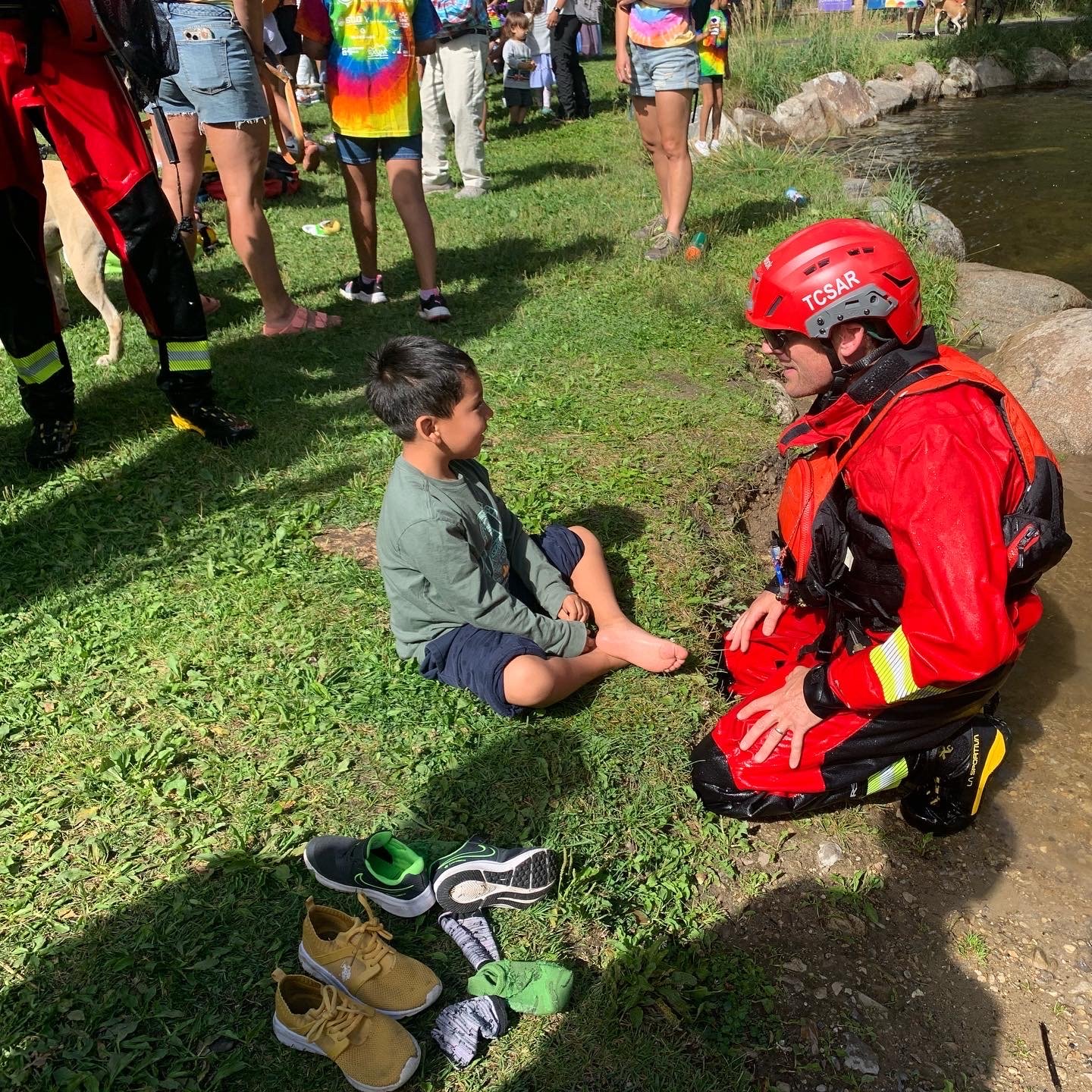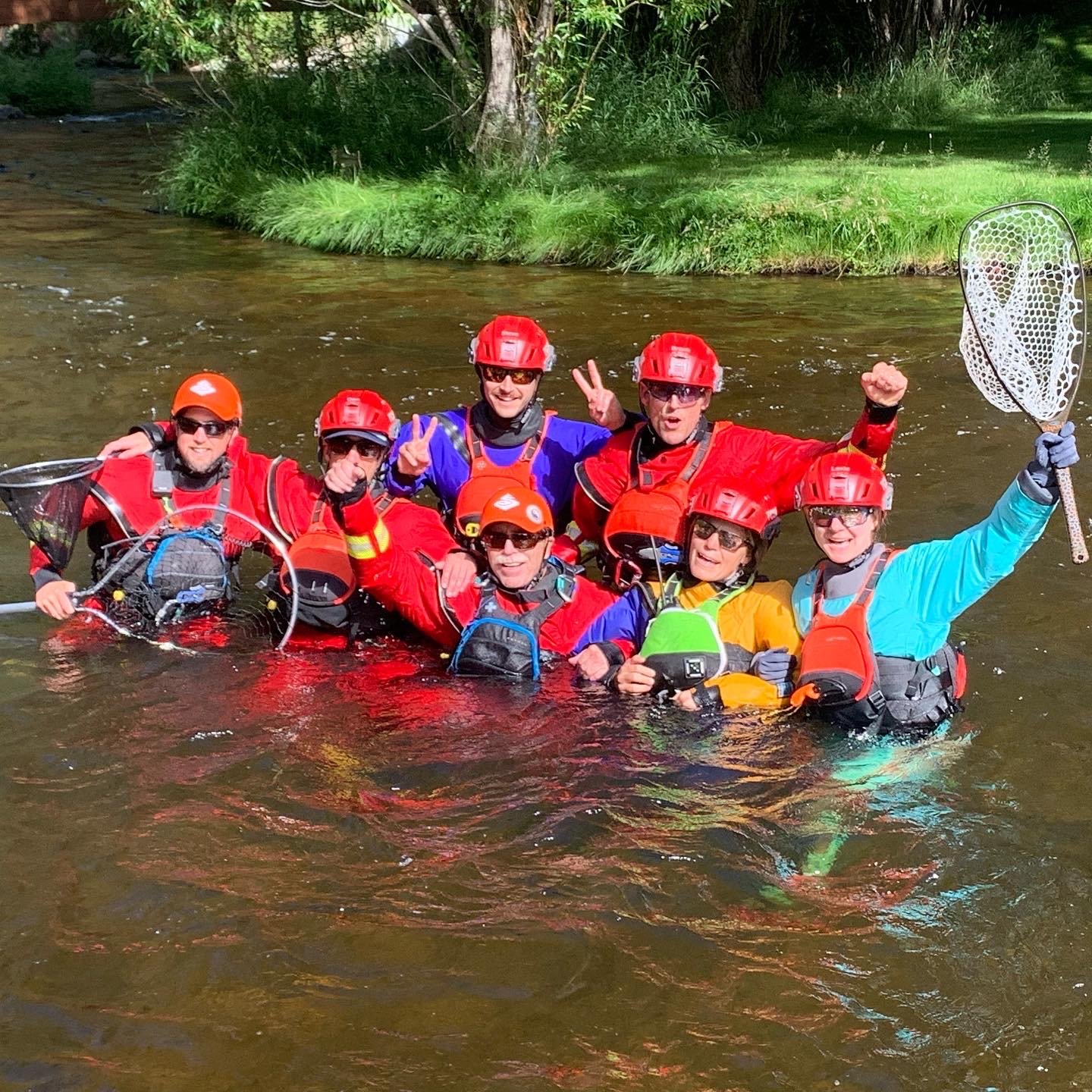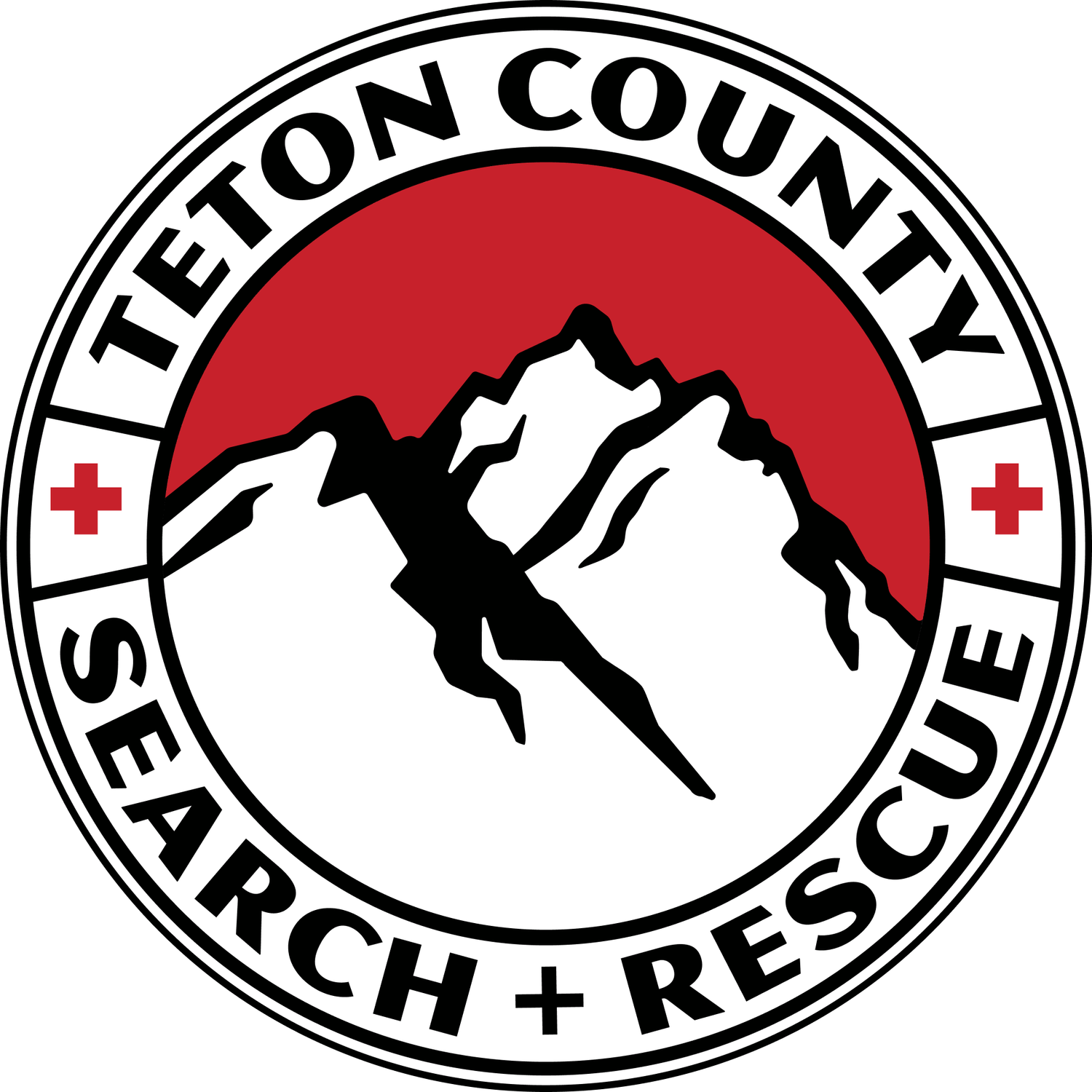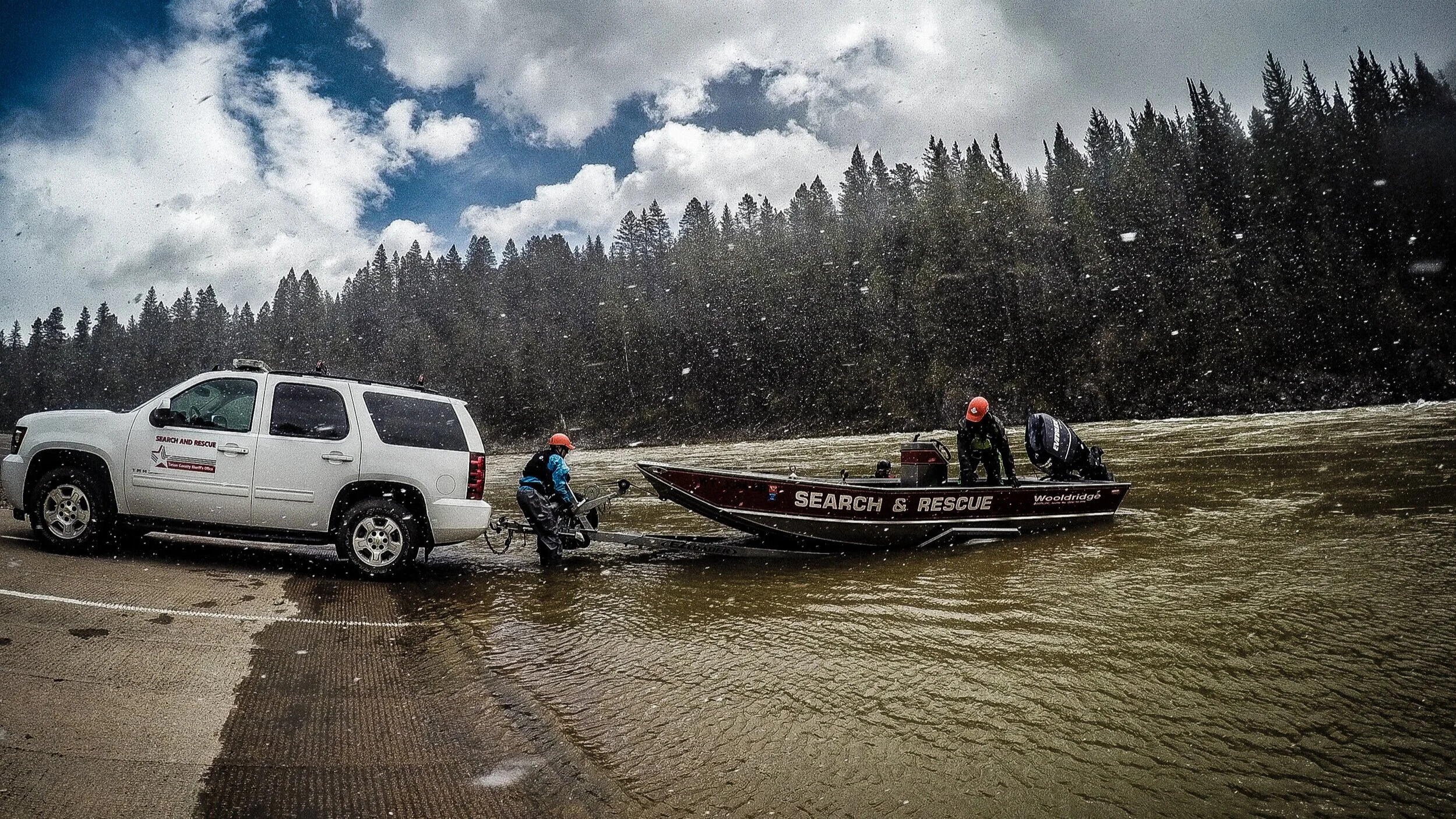On the third day of Christmas, TCSAR gave to me…commitment to community.
Helping the entire community is at TCSAR’s core. Few things demonstrate this more than the team assisting the Community Foundation of Jackson Hole during the Old Bill’s Rubber Ducky Regatta, part of the biggest fundraiser of the year for every nonprofit in the valley.
So the volunteers don the dry suits, jump into Flat Creek, and keep those duckies swimming (while also testing their shallow water navigation skills).









